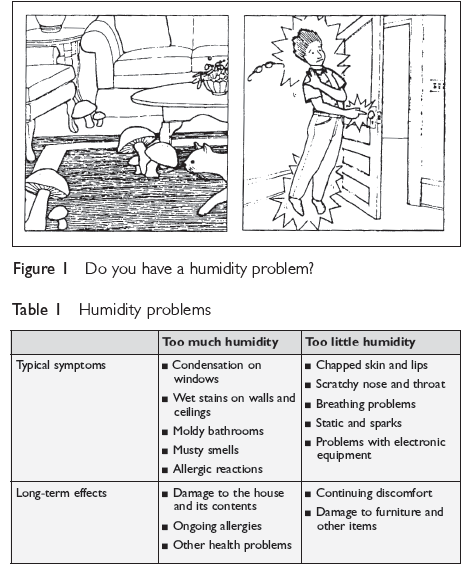Humidity, the moisture content in the air, is influenced by various factors, including human activities, pet presence, and indoor plants. Common household tasks like cooking, showering, and laundry contribute to increased moisture, and additional humidity may enter through basements or crawl spaces.
Imbalances in humidity levels can lead to various issues, impacting comfort and health. These problems often arise during the heating season when homes are sealed, reducing air circulation. To accurately identify a humidity problem, using a hygrometer, a device measuring relative humidity (RH), is recommended.
Two types of hygrometers, mechanical and electronic, are suitable for household use. Placing a hygrometer in a key room helps monitor RH levels. Avoid locations near direct heat sources and allow time for stable readings, up to two hours.
Regular calibration of hygrometers ensures accuracy, with a simple calibration process. Annual recalibration is advisable, especially for mechanical instruments.
Controlling humidity is crucial. In summer, dehumidifiers or air conditioners can reduce humidity, while in winter, addressing high moisture sources and adjusting family habits may be necessary. If low humidity persists, consider a humidifier, ensuring proper installation and maintenance.
Ultimately, a hygrometer serves as a valuable tool to assess and address indoor humidity issues effectively.
The following may help you find the one you want: “7 Best Hygrometers – 2024 Guide”